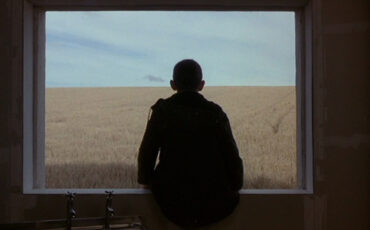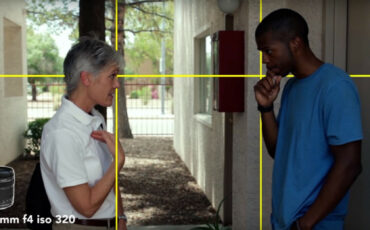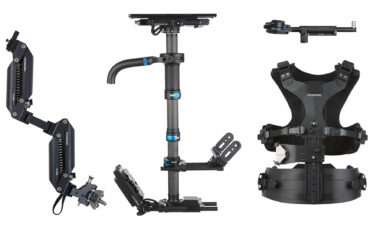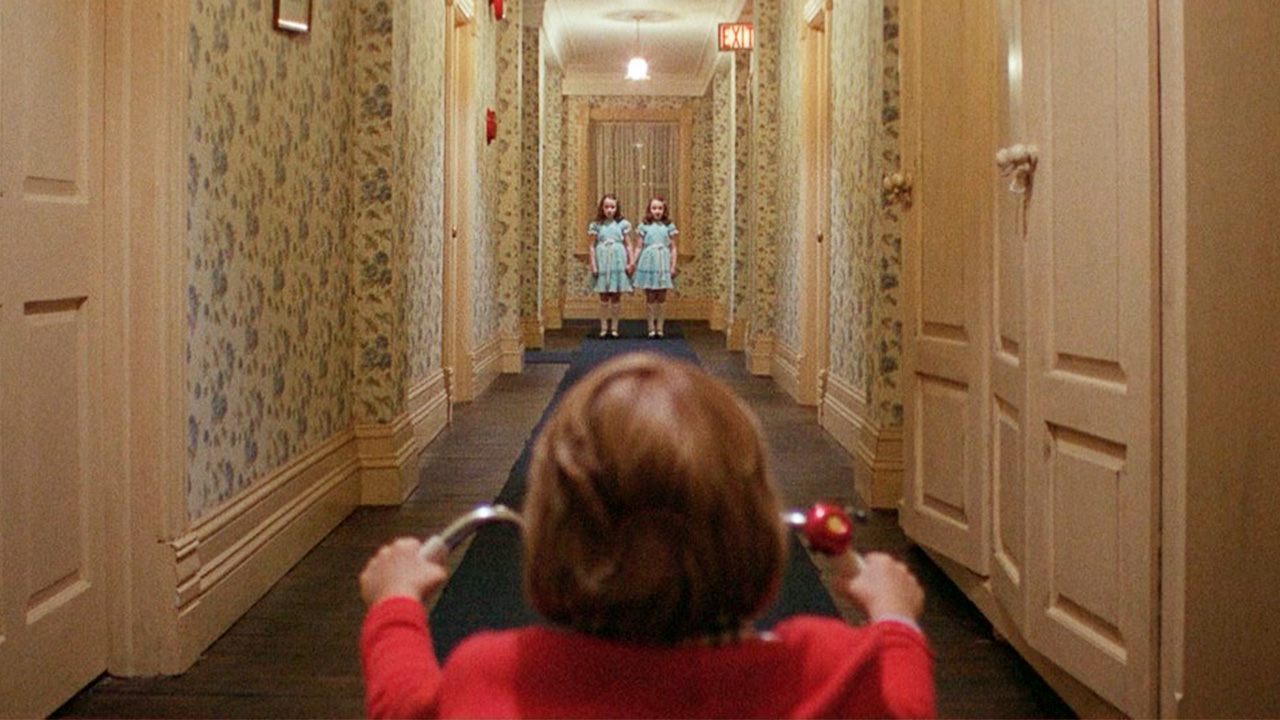
Recently, I watched “The Bear”, an American TV series that premiered on Hulu last year. The show follows a young award-winning chef who tries to save his late brother’s rundown café in Chicago that’s falling apart. It received a lot of praise for its brilliant directing and performances. But what also caught my attention was a one-take episode towards the end of the season. At 17 minutes long, the cortisol level in my blood had seriously spiked (as intended, I reckon). I can’t stop asking myself: what’s needed to create a suspenseful long take? Not necessarily in terms of equipment and crew, but blocking & camera-wise. Let’s try to find an answer together!
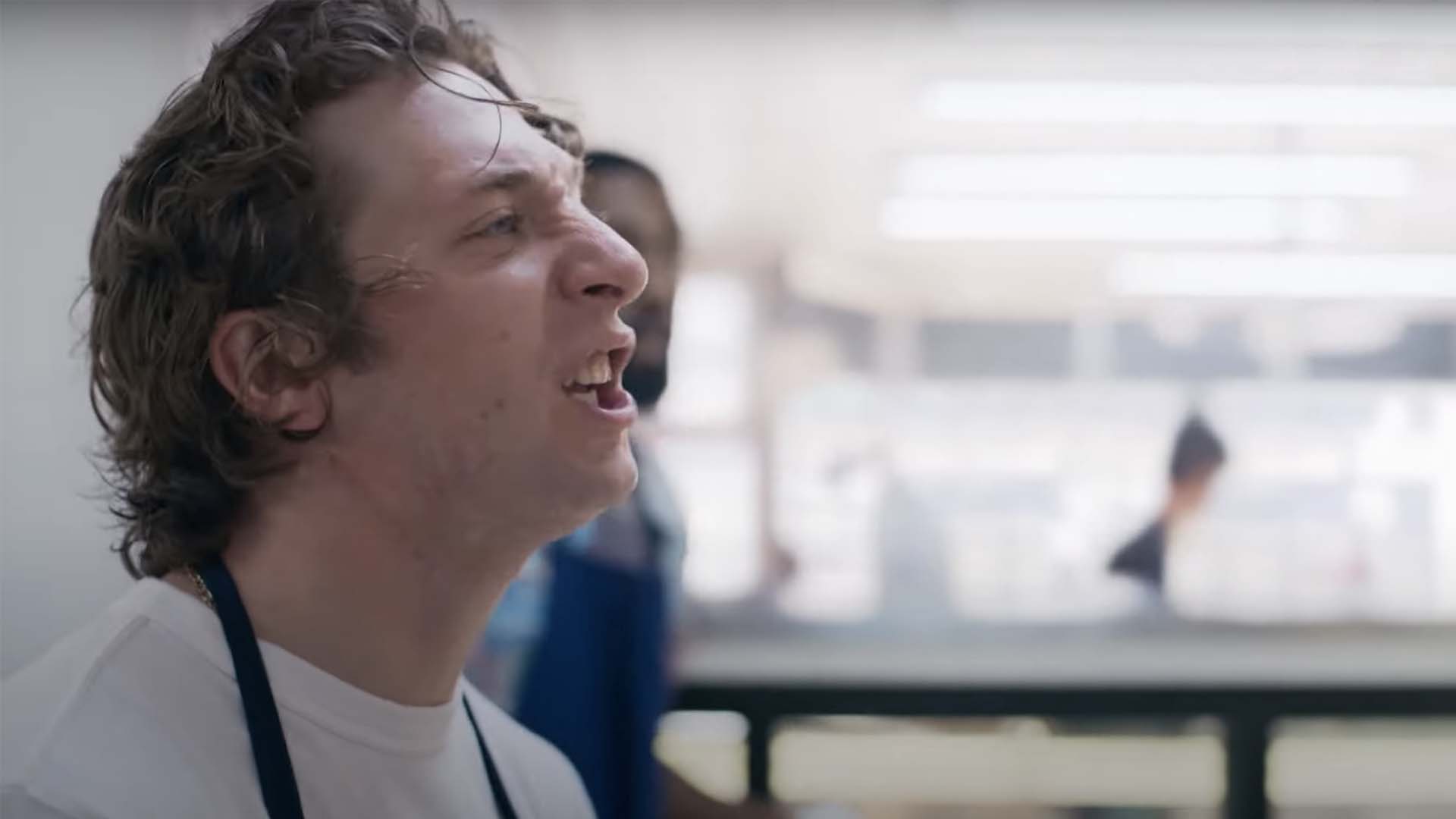
Please don’t say: “This stuff is only relevant for big Hollywood and TV productions. What’s the point?”. Because it’s not true. Even I directed a short movie that consisted of a 2.5-minute long take and a single cut (made on purpose!). My team had six people, no EasyRig, no pre-production time, and a simple Sony A7R II on a Ronin gimbal. That’s all we used. Still, the film won first place at a film festival and now I can assure you that everything is possible without much gear or a big budget.
Would you call this a suspenseful long take? Not to brag, but I would. I also have to admit, my creative choices back then were based on gut feeling. It’s time to get more analytical. Let’s take a look at different examples of long takes – classic and modern – and determine how they work and what they have in common.
A suspenseful long take and why it is powerful
You can call them a “long take”, “one take”, “oner” or “sequence shot”; they all mean the same thing. In the New York’s International Film Institute class “Fundamentals of Directing”, Kyle Wilamowski defines this art of visual storytelling as “an uninterrupted shot in a film which lasts much longer than the conventional editing pace either of the film itself or of films in general, usually lasting several minutes.” Of course, you can make an eternal pullback, like in the music video by Stromae below, and call it a day. But in this case, it’s pure eye candy without purpose. And second, it doesn’t create tension or further the story.
Designing long takes in a movie usually means a lot of choreography, sudden events, and moving in and around multiple locations. A great advantage of a oner is that we follow characters, literally experiencing everything they do in real-time. In addition, long takes feel more authentic to our eye because in normal life we also don’t cut the scenes around us in wide, middle, or close-up shots. We can approach something moving towards it, exactly like the camera during the oner, and this contributes to the overall immersion. The spectator feels like they’re right in the middle of the action. Breath held, they carefully follow the movement and develop emotional bonds with the characters. A very strong tool to engage your audience, manipulate their feelings and intensify the scene. But only if your particular long take can hold your audience’s attention for its duration.
Playing around with information
One of the instruments to create visual tension is to play around with the information you give or don’t give to your audience. In horror movies, it would be the character reacting aghast in reaction to something gruesome approaching and not directly disclosing what exactly that is. Editing-wise, it means staying on the actor’s face and not cutting away. On the other hand, you may give your audience some plot clues the characters don’t know yet. A so-called foreshadowing. One brilliant and well-known example of a long take using this strategy is the opening shot for “Touch of Evil”.
In this masterpiece, we get to know the biggest point of suspense directly at the beginning. But the tension holds throughout the whole scene, over 3 minutes until the first cut. Why? First, we have important knowledge that the characters don’t have. They are in grave danger, and the only thing we can do about it is to silently observe. Secondly – and that’s the purpose of using a long take here – everything happens in real-time. Seconds are ticking away building anticipation. When will the bomb explode? Who will be around at that moment? Will they be able to escape it? And all the other thoughts circling in our minds.
Motivated vs unmotivated camera movement
As established above, in most cases, long takes drive us through space and action. An interesting aspect to consider here is whether to use motivated or unmotivated camera movement. To give you an idea, here’s a good example of motivated camera movement in another legendary opening shot:
The whole scene holds onto one small feather which motivates the camera to move and follow its rises and falls. It’s especially stunning that it’s a CGI object (until the moment it lands next to the main character’s feet) and the team had to imagine its trajectory to block the shot with perfect pace and timing. This feather (and the oner dedicated to it) allows the director to set the tone of the movie and give us a feeling of the protagonist’s personality straightaway.
In the case of an unmotivated movement, the camera has its own brain and leads the audience somewhere exciting. Or it follows another purpose like in the famous example from the series “Kidding”. This long take is also an exception to the “experiencing the same time as characters” rule I talked about earlier. The camera works here as a time machine through seasons and years.
Motivated, unmotivated, or mixed – it’s up to you. All of these movements can create tension. However, filmmaker Vincent Laforet warns: each camera move ought to have its purpose. When you slide, pan or push in just for the sake of moving, you’re entering the danger zone. Sure, it can help to add some artificial energy to otherwise boring shots, but then it’s not about creating suspense or helping your story. In some cases, an unmotivated movement can even ruin the scene. You can watch Vincent’s course “Directing Motion” to analyze other examples and learn much more about visual storytelling.
Choosing the right camera style for a suspenseful long take
When you have already discovered the purpose of your shot and decided on a long take, the next step is to choose the right camera style for it. The question here is not what seems fancy or trending right now, but how your choice will support the story and the overall suspense. For instance, most of the long takes in “Children of Men” are shot handheld, including the following example with 4 minutes of no visible cuts. Do you see how it helps us to feel all the pressure the characters are currently under? How it underlines these messy, chaotic, and horrifying events happening around us? What an aching feeling of “I want to get them to a safe place”!
You can also create tension in a smooth Steadicam shot. For example, the famous scene from “Full Metal Jacket” with Gunnery Sergeant Hartman. The slow constant pace of this moment combined with an even camera movement emphasizes how perfectly comfortable this character is in his environment. This is his world.
The camera leads the Sergeant, always framing him front and center, while we – the spectator – keep backing up. There are no cuts, nowhere to hide, and absolutely no possibility to escape this guy. Tense? Oh yeah.
Using beats and rhythm to create tension
Last but not least, the technique to make a long take suspenseful is to define the specific beats within it. If nothing changes, the tension tends to fade after some time. To find such moments and add some spice to them is a difficult yet exciting task. It’s like music and rhythm: when to stop the camera and when to move it, what to add to the choreography so it holds our attention, and where to place new cues. The opening scene from “Athena” (Netflix, 2022) could be a masterclass on it. Right at the beginning of its “Making Of” movie (we embed it below) the director Romain Gavras explains why he decided to use long takes.
For Athena, I wanted a Greek tragedy. So, I thought of sequence shots. This creates a unit of time where you are in tension with the characters, and so you create a sense of unity of time like in a tragedy.
Romain Gavras, from “Making Of Athena” movie
From the moment we see the Molotov cocktail in the hand of the protagonist, we can’t take our eyes off the action. And look at the beats! How the burning car crashes right in front of us, how the character stops and hides from the police patrol – one impactful moment after another. An absolutely stunning work!
A completely different example is a long take from Kubrick’s “Shining”. There are no explosions, burning rooms, or car chases. Yet it’s intense as hell. Little Danny rides his bike around the hotel and we follow him, keeping the same distance. Why is it so suspenseful then? The power of the unknown. Every turn in the hallway, every new room and every door is a beat in the rhythm of this shot. We don’t know what awaits us we have already gotten lost in this maze. The camera doesn’t allow us to turn around and look behind us. The creepy feeling gets only stronger with the intense soundtrack.
What’s the purpose of the continuous oner here, apart from letting us get lost? It gives the audience the feeling of how vast the hotel is and what a scary and important role it will play in the life of this little boy.
Entire film as a suspenseful long take
How long can a long take be? Judging by the episode of “The Bear” mentioned in the beginning – there is no upper limit. Entire films could be made in one shot. Extraordinary examples here are “Russian Ark” by Alexander Sokurov (2002) and “Victoria” by Sebastian Schipper (2015). The former is a 96-minute sequence shot, and the latter goes on for 138 (!) minutes without a single cut. What about the brilliant, worldwide-known “Birdman” or “1917”? These two films have the same visual form but it was created with a particular production trick. Using hidden cuts and invisible transitions, they only appear as if they were filmed in a single shot. The magic works all the same.
Conclusion
So, what have we gathered so far? Long takes are a powerful tool to make a scene very intense, but they should have a clear purpose. Use the right camera style to underline your plot, and have specifically placed beats to keep the viewer’s attention high. Not an easy task, I know. But in the right hands, it becomes a blast and makes your mind come back to this moment wondering, “How the heck did they achieve it?”
If you want to explore other tools of suspenseful storytelling, we have a great variety of courses on MZed.com that serve this purpose. Like the “Art of Visual Storytelling 2” by Alex Buono or Philip Bloom’s “Filmmaking for Photographers”.
Featured image: a film still from “Shining” by Stanley Kubrick, 1980
Let’s turn the tables now. What are your thoughts on long takes? Have you ever used them in your work? Did I forget an important example or tool for a suspenseful oner? Please write in the comments section below.
